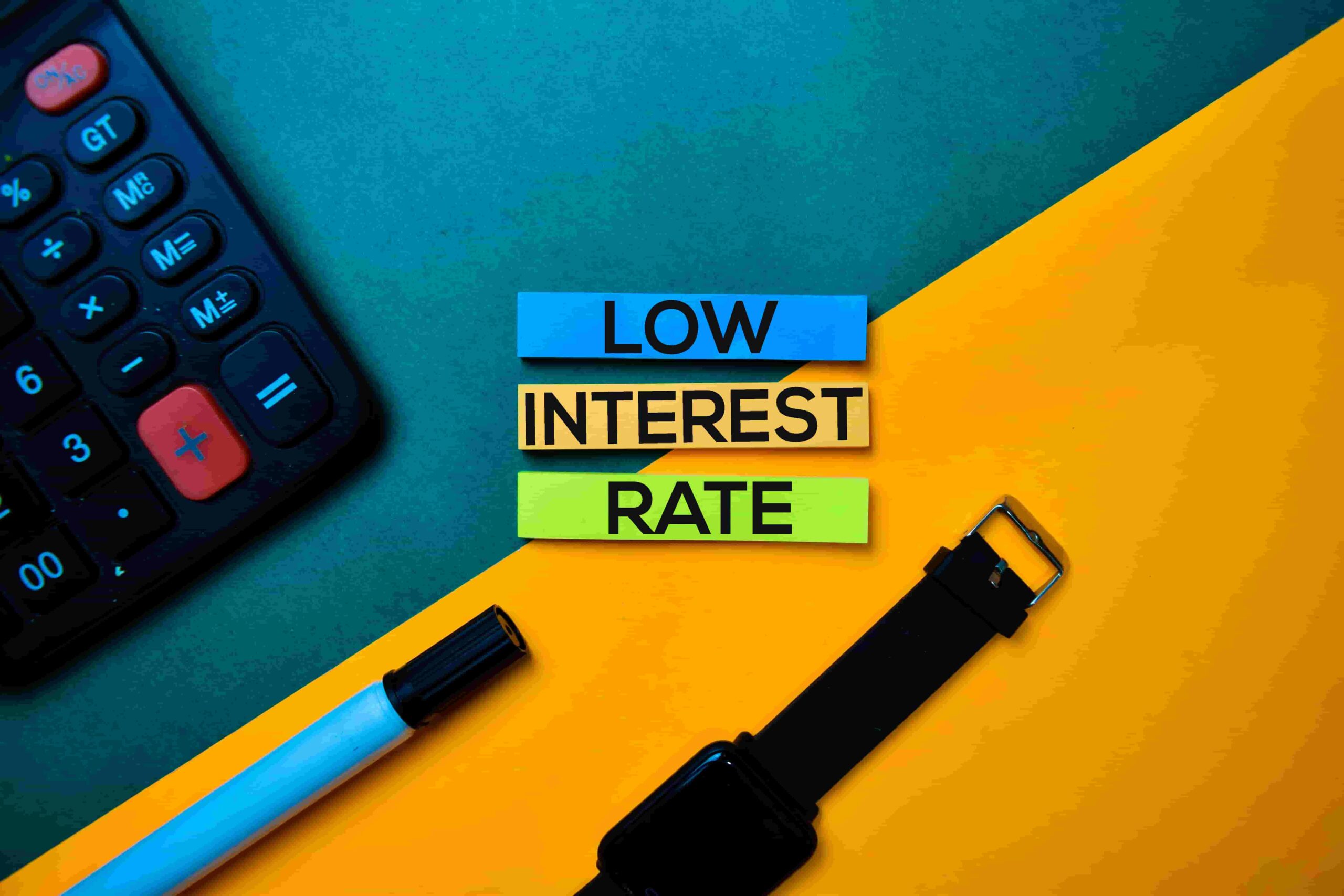Federal student loan forgiveness programs offer significant relief for borrowers who meet specific criteria. These programs can help you reduce or eliminate your student loan debt, depending on your profession, repayment plan, and other factors. This guide explores the most prominent federal student loan forgiveness programs, eligibility requirements, and application processes.
Key Federal Student Loan Forgiveness Programs
1. Public Service Loan Forgiveness (PSLF)
Overview: PSLF is designed to forgive the remaining balance on Direct Loans after 120 qualifying monthly payments under a qualifying repayment plan while working full-time for a qualifying employer.
Eligibility:
- Employment: Must work for a qualifying employer, including government organizations or non-profits.
- Repayment Plan: Must be enrolled in an Income-Driven Repayment (IDR) plan or the 10-Year Standard Repayment Plan.
- Loan Type: Only Direct Loans qualify; other federal loans can be consolidated into a Direct Consolidation Loan.
Benefits:
- Forgiveness Amount: Remaining loan balance is forgiven after 120 qualifying payments.
- Tax Implications: Forgiven amount is not considered taxable income.
Considerations:
- Application Process: Requires submitting the Employment Certification Form annually and applying for forgiveness after making 120 payments.
2. Teacher Loan Forgiveness
Overview: Teacher Loan Forgiveness offers up to $17,500 in loan forgiveness for teachers who work in low-income schools for five consecutive years.
Eligibility:
- Employment: Must teach full-time in a low-income school or educational service agency.
- Loan Type: Applies to Direct Loans and Federal Stafford Loans.
- Qualification: Generally, must be a highly qualified teacher with a bachelor’s degree.
Benefits:
- Forgiveness Amount: Up to $17,500 for certain subjects or special education teachers, and up to $5,000 for other eligible teachers.
- Tax Implications: Forgiven amount is not considered taxable income.
Considerations:
- Employment Requirements: Must meet specific teaching and employment criteria, including working in qualifying schools.
3. Income-Driven Repayment (IDR) Plan Forgiveness
Overview: IDR plans offer forgiveness of any remaining loan balance after 20 or 25 years of qualifying payments, depending on the plan.
Eligibility:
- Repayment Plan: Must be enrolled in an IDR plan such as Income-Based Repayment (IBR), Pay As You Earn (PAYE), or Revised Pay As You Earn (REPAYE).
- Loan Type: Applies to Direct Loans and some Federal Family Education Loans (FFEL) and Perkins Loans if consolidated into a Direct Consolidation Loan.
Benefits:
- Forgiveness Amount: Remaining balance is forgiven after 20 or 25 years of qualifying payments.
- Tax Implications: Forgiven amount may be considered taxable income, depending on the year of forgiveness.
Considerations:
- Extended Repayment: Longer repayment periods result in higher total interest paid over the life of the loan.
4. Perkins Loan Cancellation and Discharge
Overview: The Perkins Loan Cancellation program provides loan forgiveness for borrowers who work in certain public service professions or for specific employers.
Eligibility:
- Employment: Must work in qualifying professions such as teaching, nursing, or law enforcement.
- Loan Type: Applies only to Perkins Loans, which are no longer issued but may still be in repayment.
Benefits:
- Forgiveness Amount: Up to 100% of the Perkins Loan balance can be canceled based on qualifying service.
- Tax Implications: Forgiven amount is not considered taxable income.
Considerations:
- Employment Criteria: Must meet specific employment criteria and provide documentation of service.
5. Veterans Affairs (VA) Loan Repayment Program
Overview: This program helps eligible veterans manage their student loan debt by offering repayment assistance.
Eligibility:
- Service: Must be a veteran with eligible service and student loan debt.
- Loan Type: Can apply to various types of federal and private loans, depending on the program specifics.
Benefits:
- Assistance Amount: Provides assistance based on service and loan details.
- Tax Implications: Varies based on the program and amount of assistance.
Considerations:
- Program Availability: Programs and benefits can vary, so it’s essential to check with the VA for current offerings.
How to Apply for Federal Student Loan Forgiveness Programs
1. Review Eligibility Requirements
- Program-Specific Criteria: Ensure you meet the eligibility requirements for the specific forgiveness program you are interested in.
- Loan Type: Confirm that your loans are eligible for forgiveness under the chosen program.
2. Complete the Necessary Documentation
- Employment Certification: For PSLF, submit the Employment Certification Form annually to track your qualifying employment.
- Application Forms: Complete and submit application forms for forgiveness once you meet the service requirements.
3. Maintain Records
- Payment Records: Keep detailed records of your payments and employment history to support your forgiveness application.
- Documentation: Maintain all required documentation and correspondence related to your loan and employment.
4. Follow Up
- Regular Checks: Regularly check the status of your forgiveness application and follow up with your loan servicer or forgiveness program administrator if needed.
- Updates: Keep your loan servicer informed of any changes to your employment or contact information.
Conclusion
Federal student loan forgiveness programs can provide significant relief by eliminating or reducing your student loan debt, but each program has specific eligibility requirements and application processes. By understanding the available options and meeting the criteria, you can potentially benefit from these programs and achieve financial relief. Always review the latest information and guidelines from the U.S. Department of Education or relevant program administrators to ensure you are taking full advantage of available forgiveness opportunities.
Feel free to customize this guide based on your audience or specific needs!



